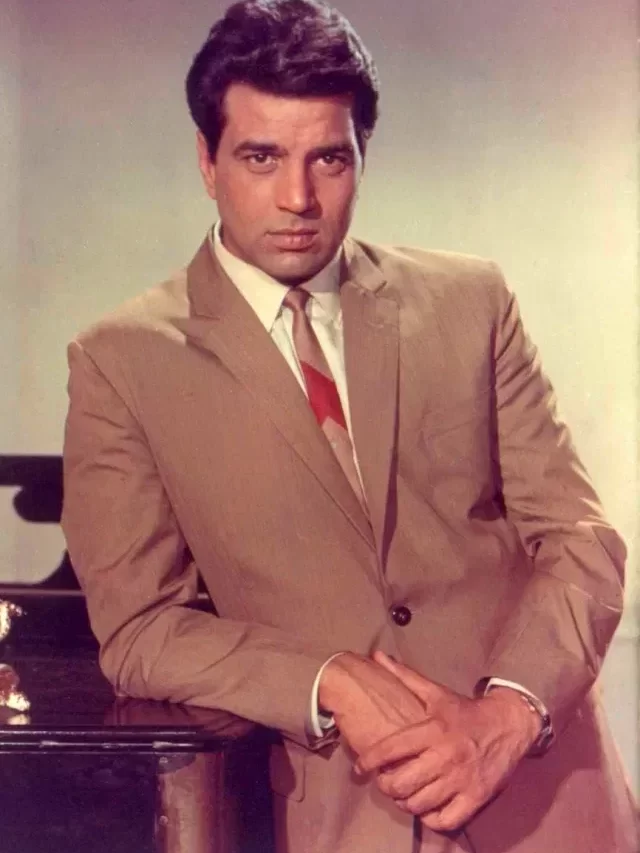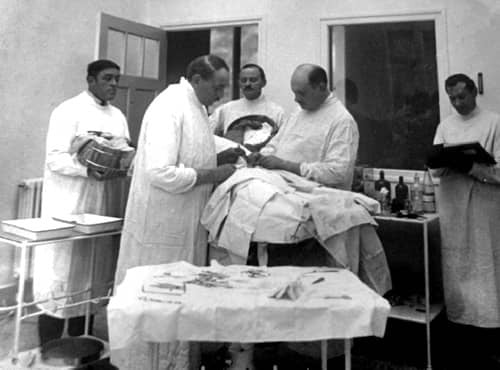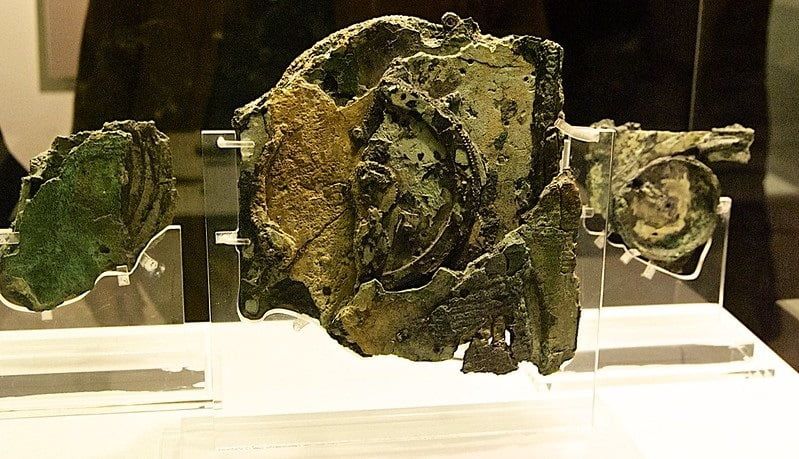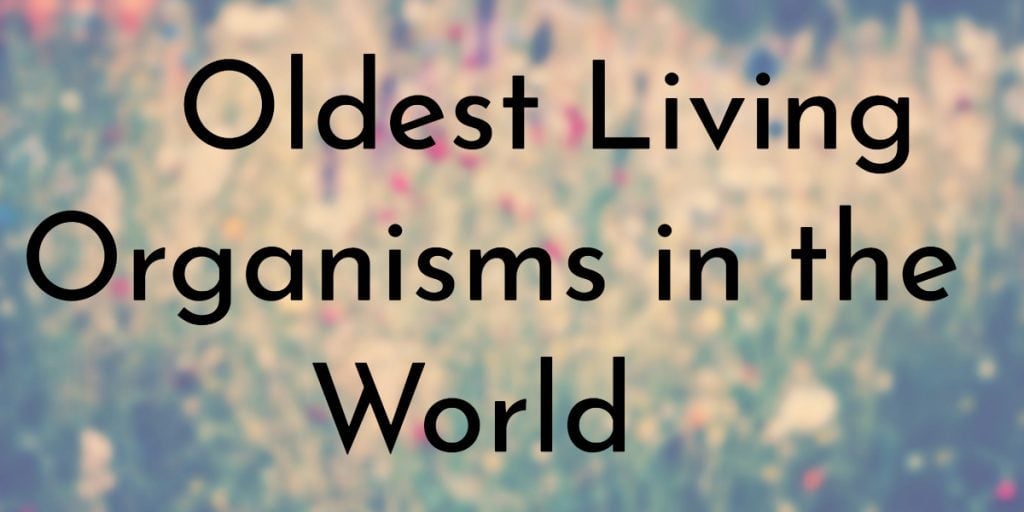We may assume that we are aware of the experiments that humans can carry out, but there is one exception to the rule that continues to shock us. The work of Dr Serge Voronoff, on the other hand, is probably the strangest. He used the monkey testicle implant method to treat impotence in humans. Voronoff, known as “the monkey gland expert” at that time, proposed that human ageing could be delayed or even reversed by transplanting monkey testicles into humans. In theory, it promised an immense supply of donor material, thus addressing human tissue scarcity.
The Madness To Treat Impotence With A ‘Monkey Testicle Implant’ Starts Here
In the 1920s, a craze for “rejuvenating” xenotransplantation, involving the monkey testicle implant method into men, became a common “cure” for erectile dysfunction and ageing in America. It was a precursor to body-hacking.

During his stint as a doctor in Cairo, Voronoff purportedly arrived at his methodology following horrific self-experimentation and study of eunuchs. He concluded that youthfulness was largely dependent on the secretion of sex hormones. In 1889, the doctor attempted interspecies “rejuvenation” by injecting himself with a mixture of dog and guinea pig testicles, as advocated by French biologist Adolphe Brown-Séquard, but the experiment failed.
Increasing The Insanity To A Strategy Of Lunacy
After his stay in Egypt, Voronoff became even more convinced in his views, despite several setbacks. He conducted testicle transplants on over 500 goats, sheep, and bulls over the next ten years, implanting organs from younger specimens into older ones. He saw that the new set of gems gave older animals a boost of energy, and he was confident he’d discovered a way to slow down the ageing process.

Voronoff’s therapy gained tremendous popularity. Millionaires from all over the world signed up for the procedure, and by the early 1930s, tens of thousands of people had had it done, including 500 in France alone. Voronoff built a monkey farm in a villa near the French border on the Italian Riviera to meet the soaring demand. Voronoff’s Castle, as it was known, was handed to a veteran circus animal keeper and was outfitted with a tissue collection laboratory. He’s also immortalized in a drink called “The Monkey Gland,” invented in Paris in the 1920s and is still served today.
Wonderful Return Of Mother Wit
Voronoff developed a monkey ovary transplant in response to women’s demands for their version of the procedure for prolonged youth. In addition, the surgeon inserted a human ovary in a monkey and attempted to fertilize it with human sperm. The second half of the experiment, predictably, failed.
Voronoff’s success allowed him to live a luxurious lifestyle, with butlers, valets, secretaries, drivers, two chiefs of staff, and a few rumoured mistresses occupying an entire floor of one of Paris’ most opulent hotels. But the surgeon’s career was cut short when it became perceptible that his transplants didn’t produce results he had assured; experts ascribed the initial enhancements to the ‘placebo effect’.
Today’s hormone treatments, fraudulent “rejuvenation drugs,” and synthetic Viagra are nothing close to what bizarre procedures people readily went through a century ago.












